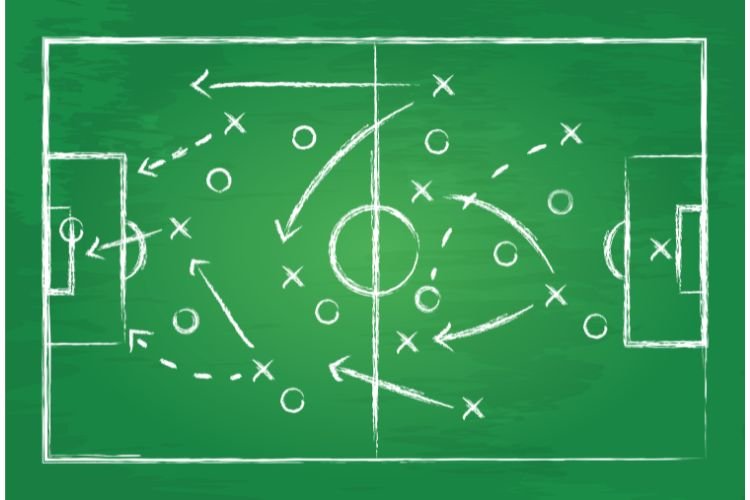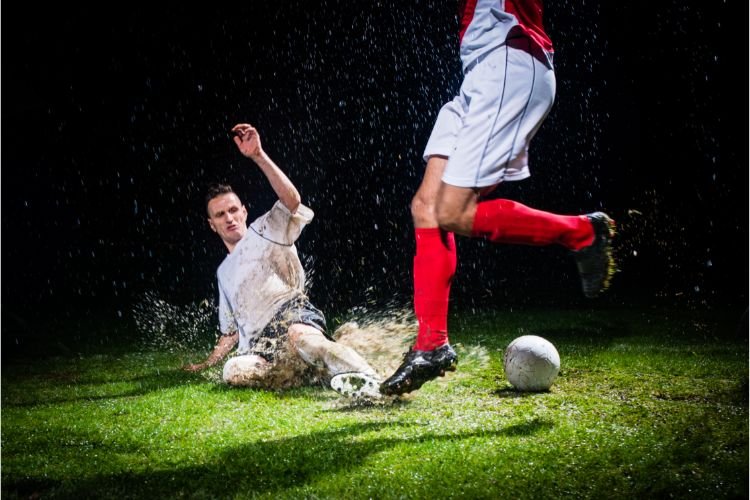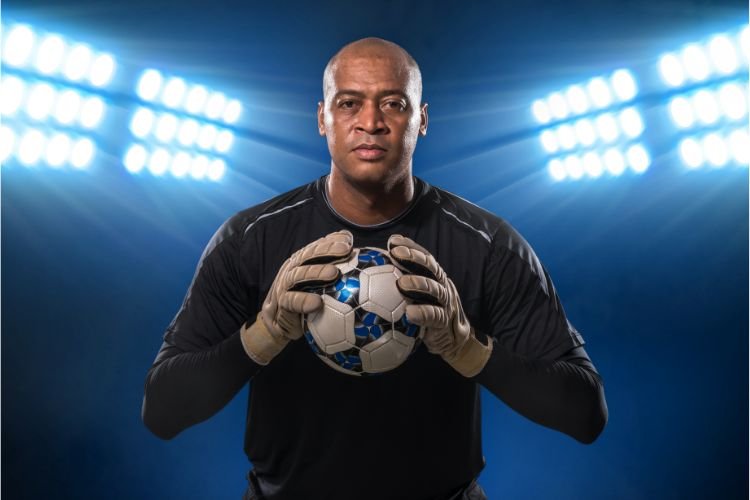Soccer is a dynamic sport with a variety of positions that players can fill on the field. Understanding the roles and responsibilities of each position is crucial to playing and enjoying the game. In this guide, we will explore the basics of soccer positions and strategies to help you better understand the game.
Understanding the Basics of Soccer Positions

Soccer positions can be divided into four basic categories: attackers, midfielders, defenders, and goalkeepers. Each position has its unique set of responsibilities and skills required to perform the job.
Attackers

Attackers are responsible for scoring goals and creating scoring opportunities for the team. They typically play in the front third of the field, closest to the opponent’s goal. There are three main types of attackers:
- Center forward or striker: The primary goal scorer who plays centrally in the opponent’s half
- Wingers or wide attackers: Players who are quick and agile and usually play on the flanks, often crossing the ball into the box for their teammates to score
- Second striker or attacking midfielder: Players who play behind the center forward and contribute to the attack by creating chances and scoring goals
Midfielders
Midfielders are responsible for controlling the game by distributing the ball and maintaining possession. They usually play in the middle third of the field and can be further divided into three types:
- Defensive midfielder or holding midfielder: Players who sit in front of the defenders and are responsible for breaking up opposition attacks and starting their team’s attacks
- Central midfielder or box-to-box midfielder: Players who play in the center of the field and contribute to both defense and attack
- Attacking midfielder or playmaker: Players who play in a more advanced midfield position and are responsible for creating chances and scoring goals
Defenders

Defenders are responsible for stopping the opponent from scoring. They usually play in the back third of the field and can be further divided into four types:
- Center back or central defender: The primary defender who plays centrally in the defense
- Fullback or wing-back: Players who play on the flanks and are responsible for defending the wide areas of the field
- Sweeper or libero: A player who plays behind the center backs and is responsible for sweeping up any loose balls that the defense fails to clear
- Stopper or covering defender: A player who plays in front of the center backs and is responsible for covering the space behind them
Goalkeepers

Goalkeepers are the last line of defense and are responsible for preventing the ball from entering their team’s goal. They usually play in the penalty box and have specific rules regarding what they can and cannot do with the ball.
Strategies for Playing Soccer Positions
Playing soccer positions requires more than just knowing where to stand on the field. It also requires understanding the strategies and tactics involved in playing each position effectively. Here are some tips for playing each position:
Attackers
- Strikers should focus on making runs to create space for their teammates to receive passes
- Wingers should work on their speed and crossing
The Midfielders
The midfielders, as the name suggests, play in the middle of the field. They are responsible for both attacking and defending. The midfielders generally have good passing skills, good vision, and great endurance. There are different types of midfielders such as the defensive midfielder, central midfielder, attacking midfielder, and wide midfielder.
- Defensive midfielder: They play in front of the defenders and are responsible for breaking up the opponent’s attacks.
- Central midfielder: They are responsible for controlling the game and distributing the ball to the attackers and defenders.
- Attacking midfielder: They play just behind the forwards and are responsible for creating goal-scoring opportunities.
- Wide midfielder: They play on the flanks of the midfield and are responsible for both defending and attacking the opponent.
The Forwards
The forwards, also known as strikers, are responsible for scoring goals. They are usually the fastest and most skillful players on the team. There are different types of forwards such as the target man, poacher, false nine, and winger.
- Target man: They are usually tall and strong and are responsible for holding up the ball and bringing other players into play.
- Poacher: They are usually small and fast and are responsible for scoring goals from close range.
- False nine: They play just behind the striker and are responsible for creating space for the other attacking players.
- Winger: They play on the flanks of the attack and are responsible for creating chances and scoring goals from crosses.
Strategies and Formations
The formation of a team depends on the coach’s tactics and the type of players available. Here are some of the most common formations:
- 4-4-2: This is a traditional formation with four defenders, four midfielders, and two forwards.
- 4-3-3: This formation has four defenders, three midfielders, and three forwards. It’s a more attacking formation and is used by teams who like to dominate possession.
- 5-3-2: This formation has five defenders, three midfielders, and two forwards. It’s a more defensive formation used by teams who like to absorb pressure and hit the opponent on the counter-attack.
- 3-5-2: This formation has three defenders, five midfielders, and two forwards. It’s a balanced formation that provides both attacking and defensive options.
Conclusion
Knowing the different soccer positions and their roles is essential for anyone who wants to understand the game. By understanding the roles of each player, you can appreciate the game more and understand the strategies and tactics that are used by different teams. Whether you’re a player or a fan, learning about soccer positions is an important part of understanding the game.


[…] first thing you will need to understand is that positions in soccer may vary depending on where the other players […]